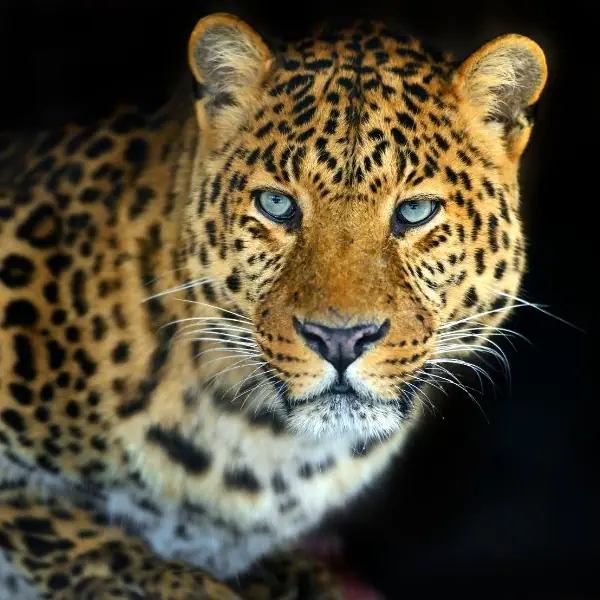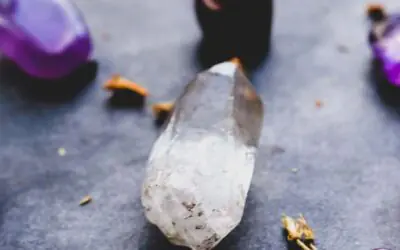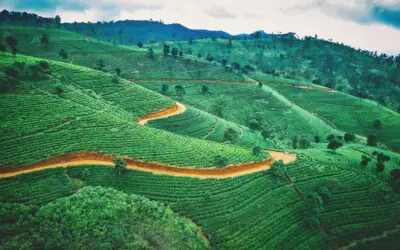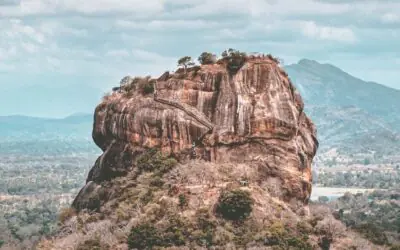
Wildlife
There is no doubt that Sri Lanka has an extraordinary variety of wildlife. The island is home to over 20 national parks encompassing a variety of terrains. From the tropical rainforest in Singharaja to the highland grasslands in Hortons Plains, the island offers great opportunities for wildlife enthusiasts.
The island boasts many areas of tropical wilderness that shelter elephants, leopards, deer, monkeys, and numerous varieties of birds, reptiles, and fresh and marine ecosystems. Your drive along any stretch of the country will reveal an astonishing variety of creatures – mongooses scuttering into the undergrowth, lizards sunning on tree stumps, snakes slithering away, and peacocks strutting about. Most parts of the coast are richly endowed with marine life, from brightly coloured tropical fish to sea turtles, coral gardens, and shellfish.
Trekking and Hiking
With breathtaking scenery, cool climates, and misty mountains, there are plenty of picturesque hiking trails that offer fabulous opportunities for keen trekkers and hikers.
Bird Watching
Sri Lanka is truly an ornithologist’s paradise. There are about 460 bird species recorded (including breeding, non-breeding resident, and endemic), 34 of which are endemic to Sri Lanka. For birdwatchers who are keen on spotting the endemic varieties, montane wetlands, and lowland wetlands would be ideal.
In the Singaharaja rainforest, 23 varieties of endemic birds can be found, and these sightings are plentiful throughout the year. For birders who are keen on ticking off the list, December to March will be the best season, as they can then observe migrant birds as well.


Whale and Dolphin Watching
Mirissa, Kalpitiya, and Trincomalee are the most famous places for spotting whales and dolphins in Sri Lanka. In Mirissa, the season starts towards the end of October and goes on till April when the waters around Mirissa become relatively calm. The most commonly spotted whale during this time would be the blue whale. There’s a chance you would spot sperm whales as well, as their migration path is just off Dondra Point. Spinner Dolphins are quite common in these pools, and humpback and bridal whale sightings have also been recorded. In Kalpitiya, the season is from November to March and off the eastern shores in areas like Trincomalee it is June to September.
Cycling
Cycling is an activity that is rapidly gaining popularity amongst visitors to Sri Lanka. There are canal paths, back roads, hill climbs, and rocky tracks to explore, and since you are traveling at a leisurely pace, you will be able to meet the locals and experience day-to-day life in the more rural areas of Sri Lanka. Cycling through tea estates and plantations in the hill country is a particularly enjoyable experience, not just for the spectacular scenery but also because it is cooler than the hot and humid lowlands. Cycling tours can always be combined with any other activity or cultural tours that we conduct; in fact, some of the cultural tours include short cycle rides through rural villages.
Surfing
Sri Lanka is quite a famous spot for surfing enthusiasts and visitors from all around the world head to the island every year to ride the waves on the east coast and west coast. The surf season in the west end is from November to April, and in the east, it is from May to October. Arugam Bay is one of the best surfing areas on the east coast. Negombo, Bentota, and Mirissa are also very popular areas. The best time for kitesurfing on the west coast is from May to October when the wind conditions are perfect.





